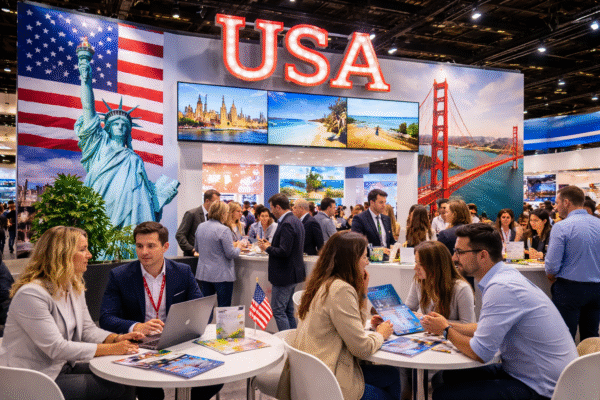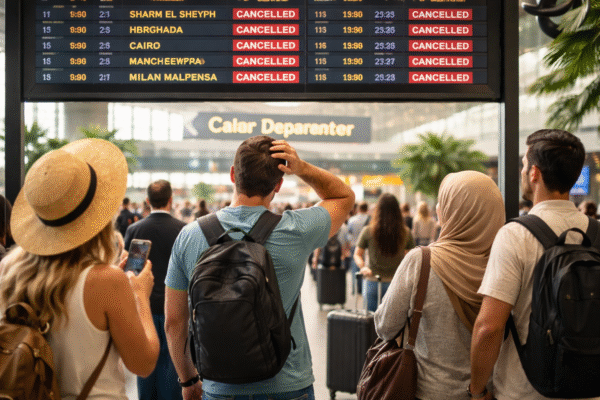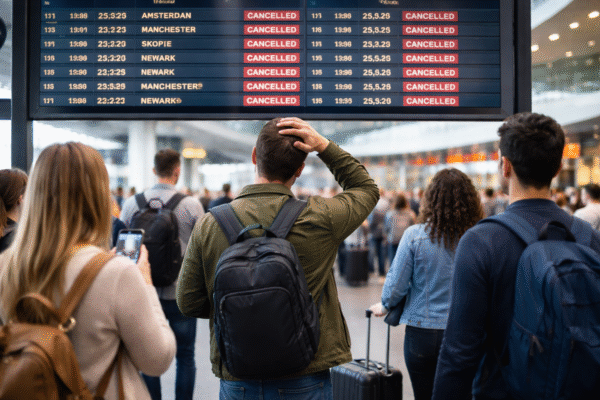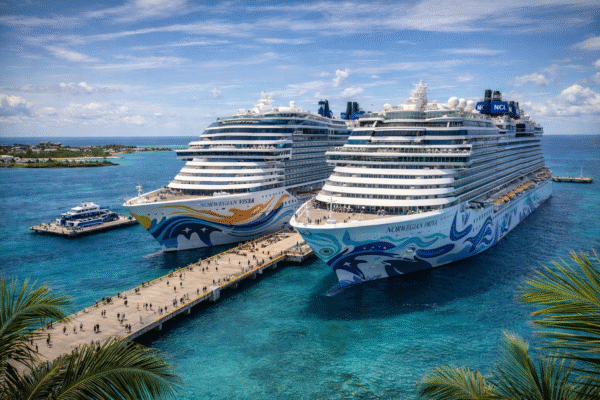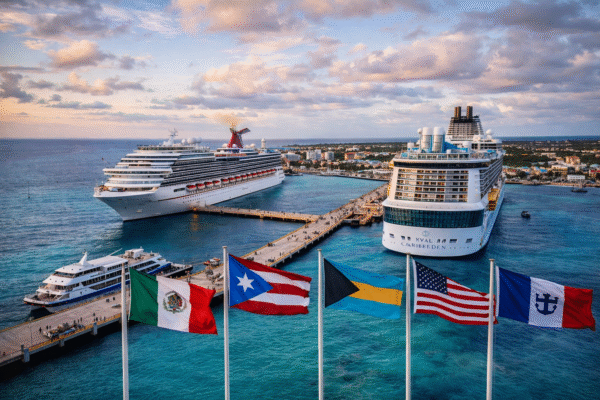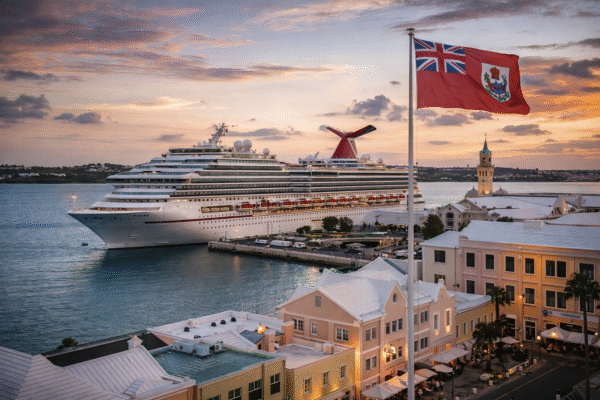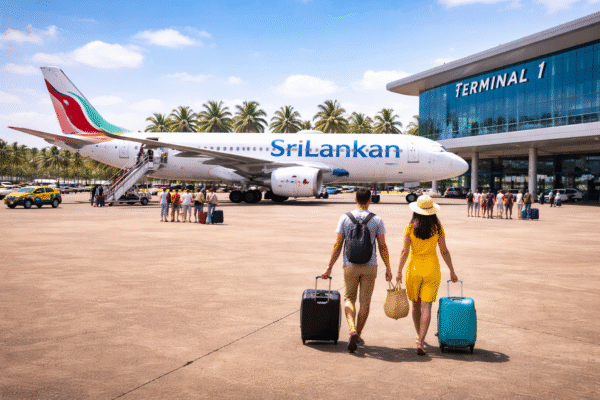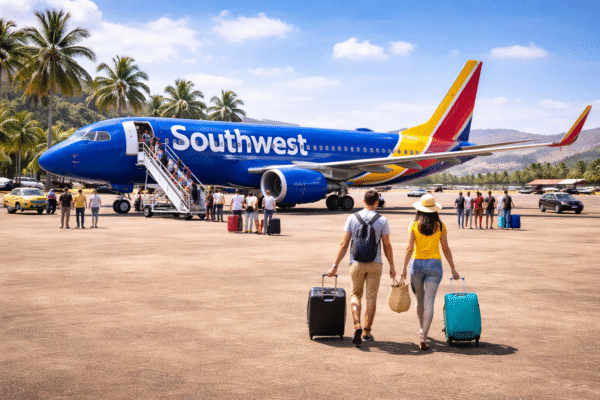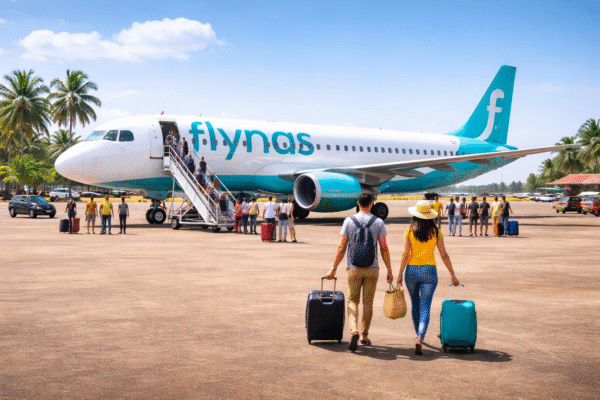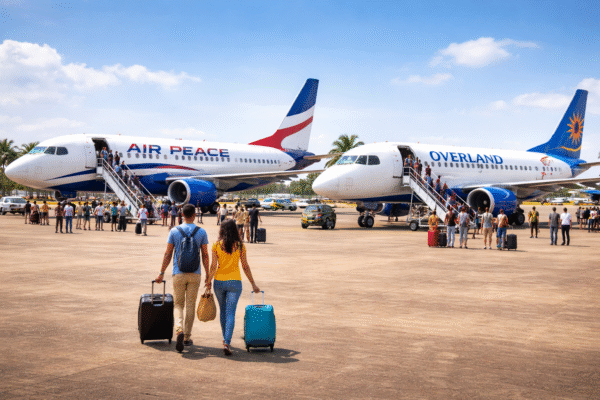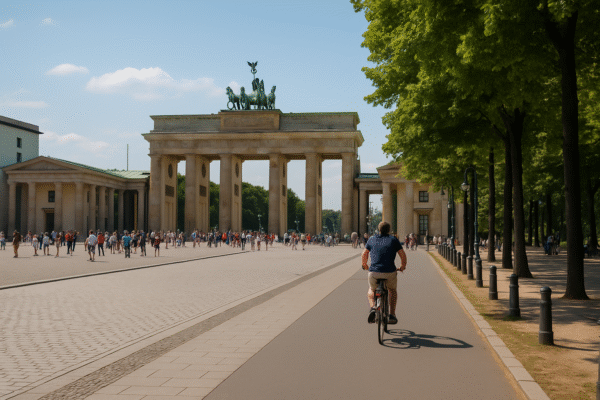Berlin Emerges as Europe’s Cooler Escape
As southern Europe struggles with record-breaking heatwaves and heavy tourist congestion, Berlin is positioning itself as a refreshing alternative for travelers in 2025. With its moderate summer temperatures, expansive green parks, and thriving cultural scene, the German capital offers a quieter and more sustainable urban escape. Travelers are beginning to take notice, as the city steadily climbs back toward pre-pandemic tourism levels.
Tourism Recovery in Numbers
Berlin recorded 12.7 million visitors and 30.6 million overnight stays in 2024, reflecting steady progress in its tourism recovery. However, the numbers are still below the nearly 14 million visitors and 34 million overnight stays seen in 2019.
The first half of 2025 brought mixed signals: total visitor numbers dipped by 1.8%, while overnight stays fell by 2.9% compared to the same period in 2024. Hotel occupancy rates hover between 52% and 57%, trailing far behind cities such as Madrid and Paris.
Domestic tourism continues to play a significant role in Berlin’s recovery. While international arrivals decreased by 4.7%, the domestic market remained stable, supported by Germans seeking shorter, local getaways. Overall, tourism contributes about 4.6% of Berlin’s economic output — modest compared to Paris at around 14% or Rome and Madrid at roughly 8%.
Cool Climate, Warm Welcome
One of Berlin’s strongest selling points is its pleasantly mild summer weather. While Mediterranean destinations frequently see summer highs soar beyond 35 °C, Berlin maintains an average temperature of about 25 °C during peak months. This moderate climate is a growing draw for travelers looking to avoid the intense heat and crowds that dominate southern Europe during the summer season.
The city’s abundance of green spaces and lakes further enhances its appeal. Parks like Tiergarten, Tempelhofer Feld, and Volkspark Friedrichshain, along with serene swimming spots such as Wannsee and Müggelsee, offer visitors peaceful retreats within city limits. These natural spaces, combined with excellent cycling infrastructure, create opportunities for slow, sustainable tourism that aligns with modern traveler preferences.
Sustainability at the Core
Berlin is actively marketing itself as a sustainable travel destination. From bike-friendly roads and eco-conscious hotels to green energy initiatives across the city, efforts are being made to reduce the environmental footprint of tourism. The city’s efficient public transport system and abundance of walkable neighborhoods make it easy for visitors to explore without relying on cars, reinforcing its reputation as an eco-friendly urban center.
Infrastructure Challenges Remain
Despite its strengths, Berlin’s tourism growth faces significant hurdles. The city’s main airport, BER, has not yet achieved the connectivity levels of its predecessors, Tegel and Schönefeld. Although passenger numbers rose by over 10% in 2024, international airlines have reduced some routes, citing higher operational costs. This has limited the city’s ability to attract new international markets and slowed its recovery in global visitor numbers.
Cultural Cuts Raise Concerns
Berlin’s cultural vibrancy — from world-renowned museums and art galleries to dynamic nightlife and music scenes — has long been a major draw for travelers. However, proposed budget cuts of approximately €130 million in 2025 have sparked concerns among artists and cultural organizations.
Critics warn that reducing support for cultural programs could undermine Berlin’s reputation as a creative capital. With cultural tourism playing a key role in drawing millions of visitors annually, stakeholders emphasize the importance of maintaining strong investment in the arts to ensure the city remains a cultural powerhouse.
Positioning for the Future
Looking ahead, Berlin is working to refine its tourism strategy to better meet the evolving demands of global travelers. The focus is shifting toward quality over quantity, promoting experiences that highlight Berlin’s strengths: a blend of history, modernity, green urban spaces, and cultural diversity.
Efforts to boost international connectivity are also underway, with discussions to expand flight options and partnerships aimed at improving the city’s global accessibility. Simultaneously, campaigns are targeting travelers seeking less-crowded, climate-friendly destinations, positioning Berlin as an ideal getaway for those in search of balance between relaxation and vibrant city life.
A Cultural and Climate Haven
Visitors to Berlin in 2025 can expect an experience that is rich in contrasts. From exploring the historic sites of Brandenburg Gate and the Berlin Wall to enjoying contemporary art in world-class galleries or dining in diverse neighborhoods like Kreuzberg and Prenzlauer Berg, Berlin offers a blend of heritage and innovation.
Moreover, the city’s cooler summers and commitment to sustainability mean travelers can enjoy a more relaxed pace of exploration, whether cycling along the Spree River, picnicking in lush parks, or attending outdoor cultural events in the mild evening air.
Outlook: Optimism for 2025 and Beyond
Although challenges remain, the future of Berlin’s tourism sector looks promising. With its emphasis on sustainability, cultural richness, and a cooler, calmer atmosphere, Berlin is well-positioned to capitalize on shifting global travel trends. As travelers increasingly prioritize destinations that offer meaningful, eco-conscious, and less stressful experiences, Berlin stands out as a city ready to deliver.
For those seeking a European escape that blends modern vibrancy with historical depth, all without the heat and chaos of more saturated cities, Berlin is proving to be a top choice for 2025 and beyond.
or more travel news like this, keep reading Global Travel Wire

